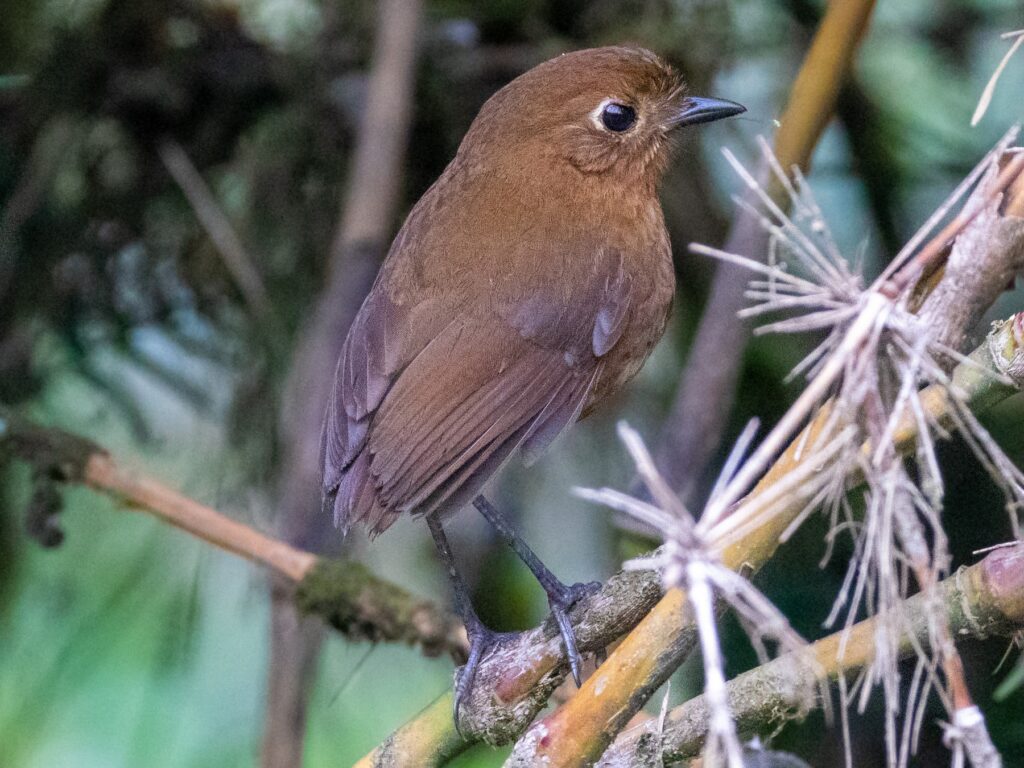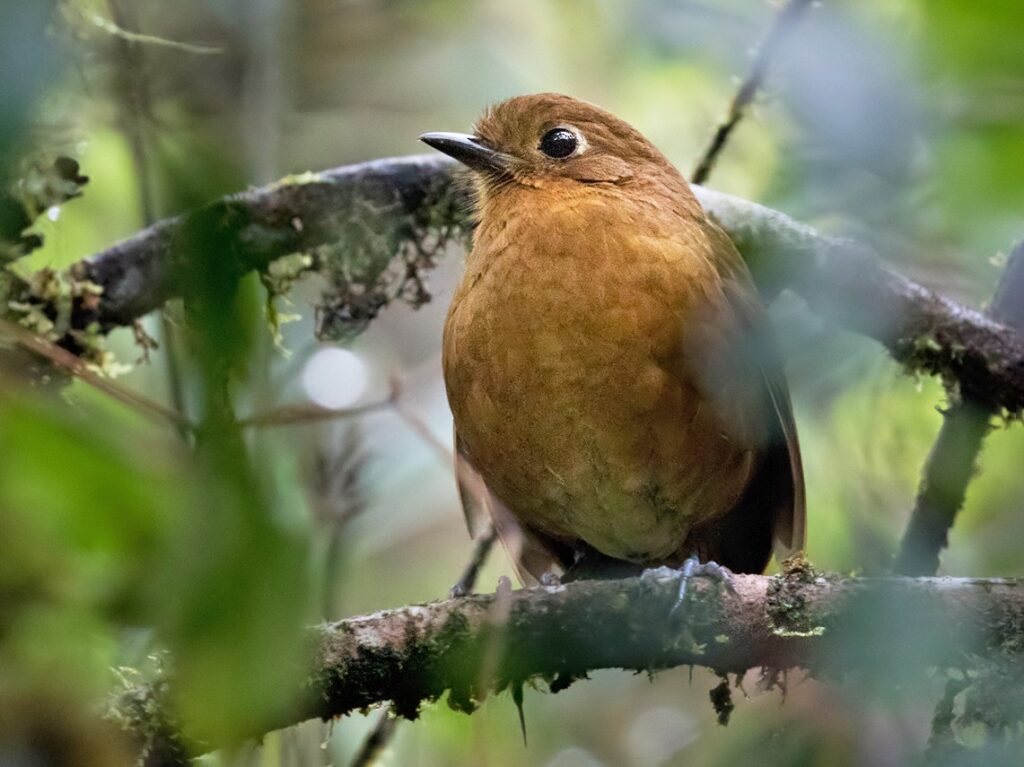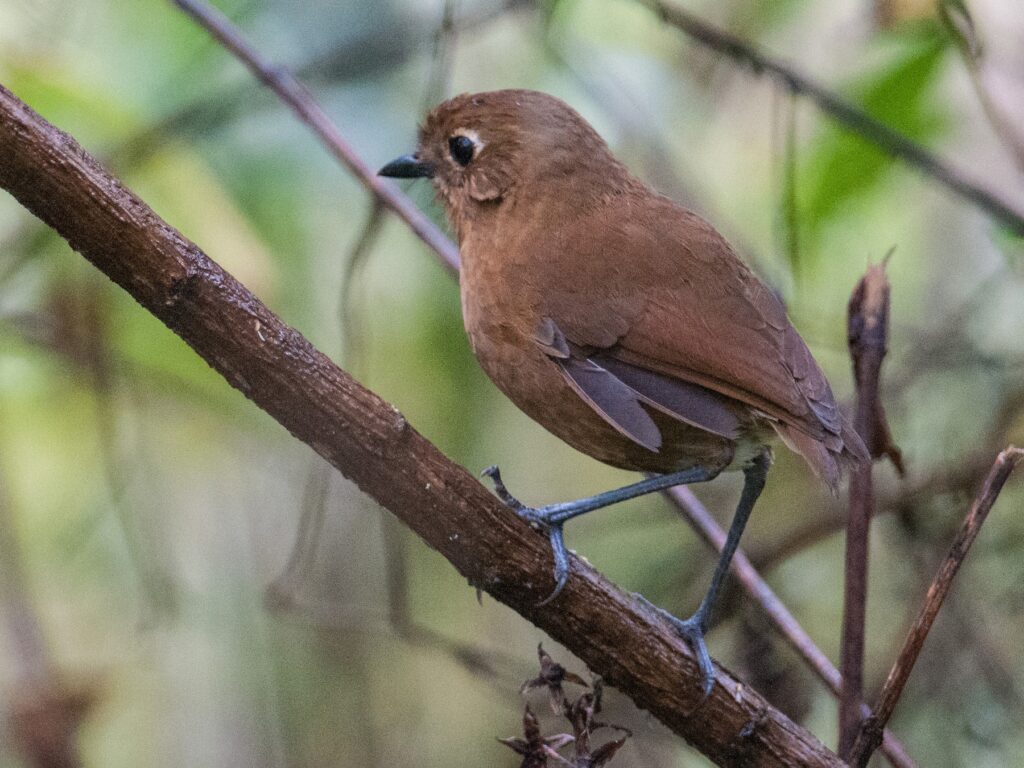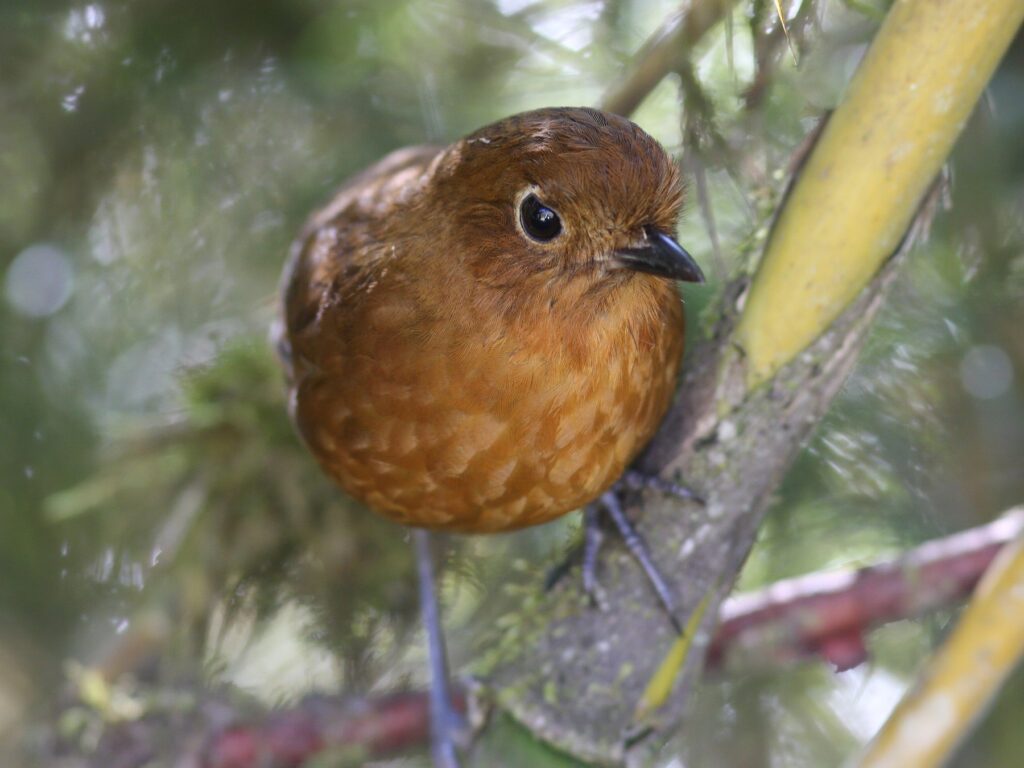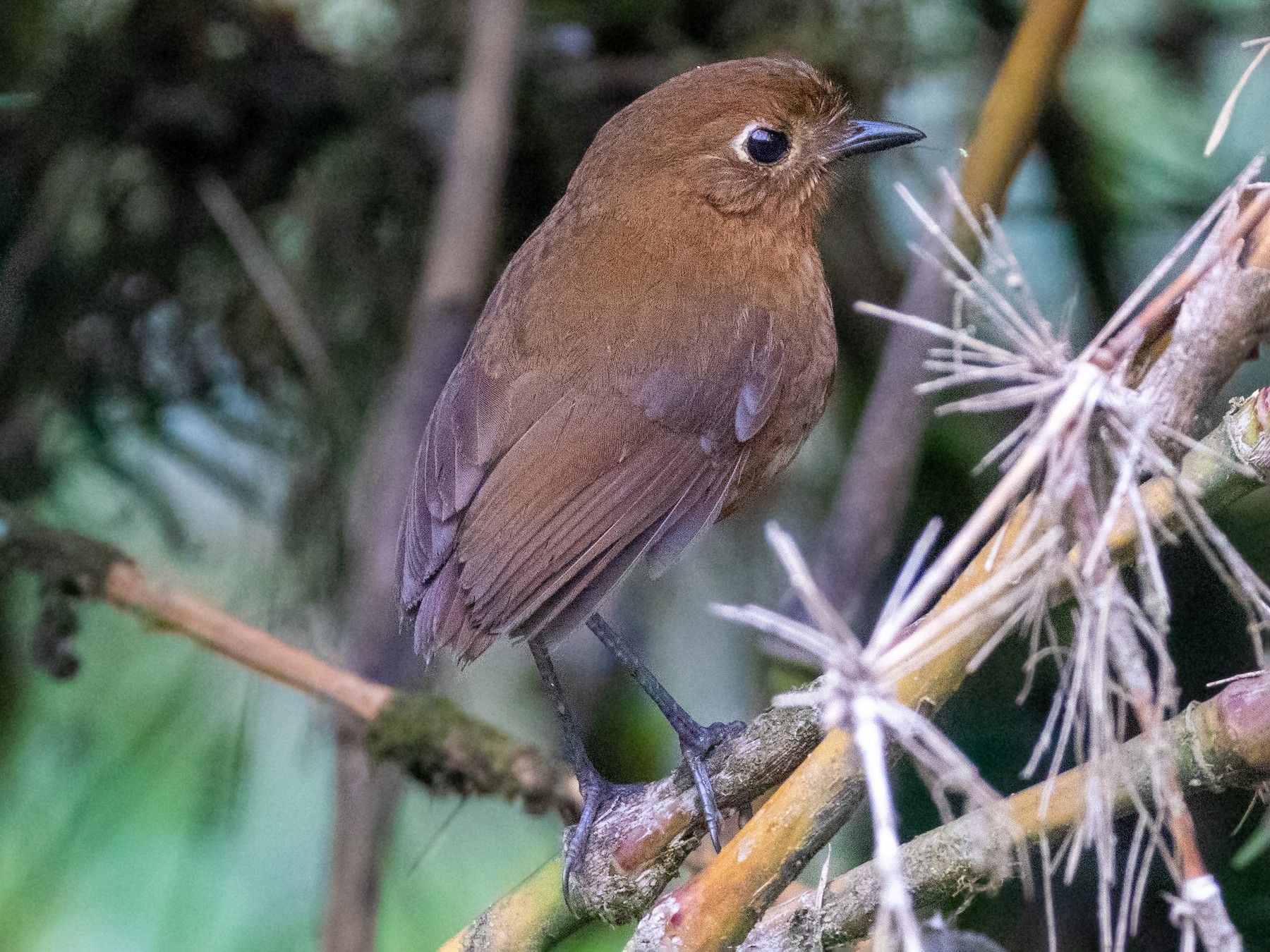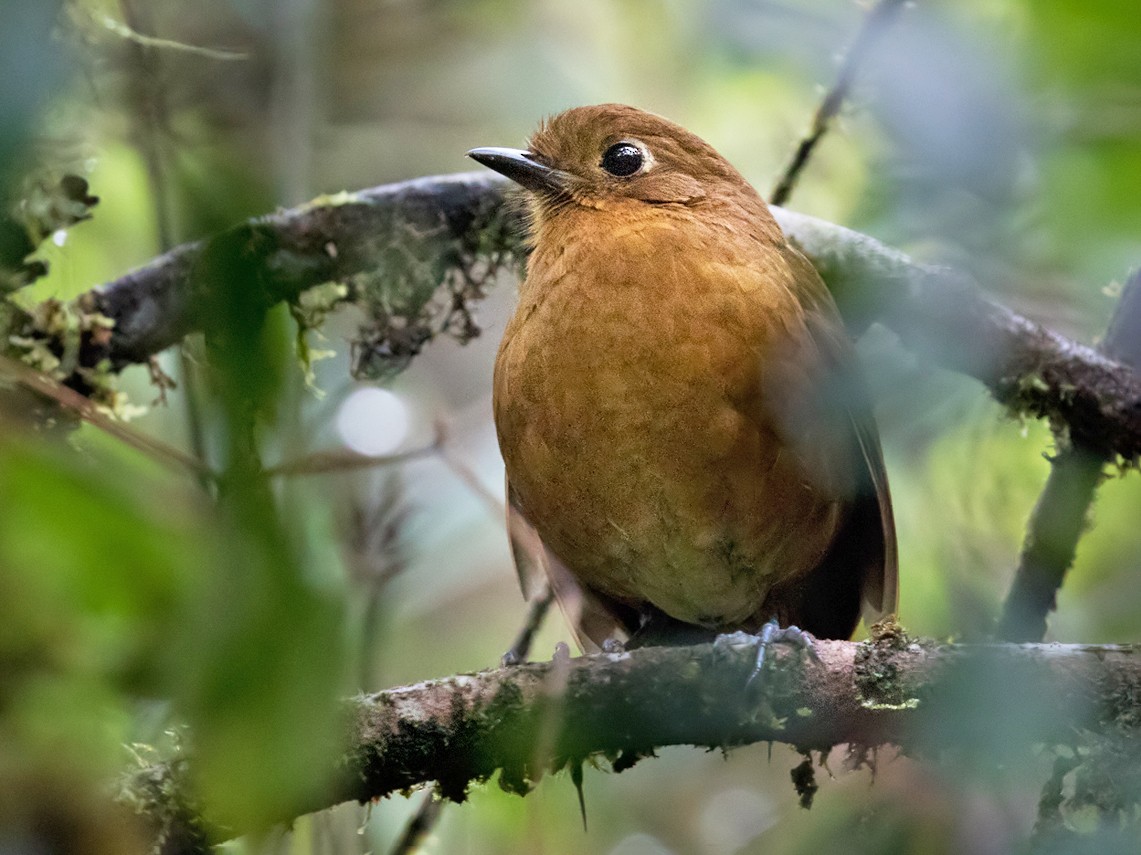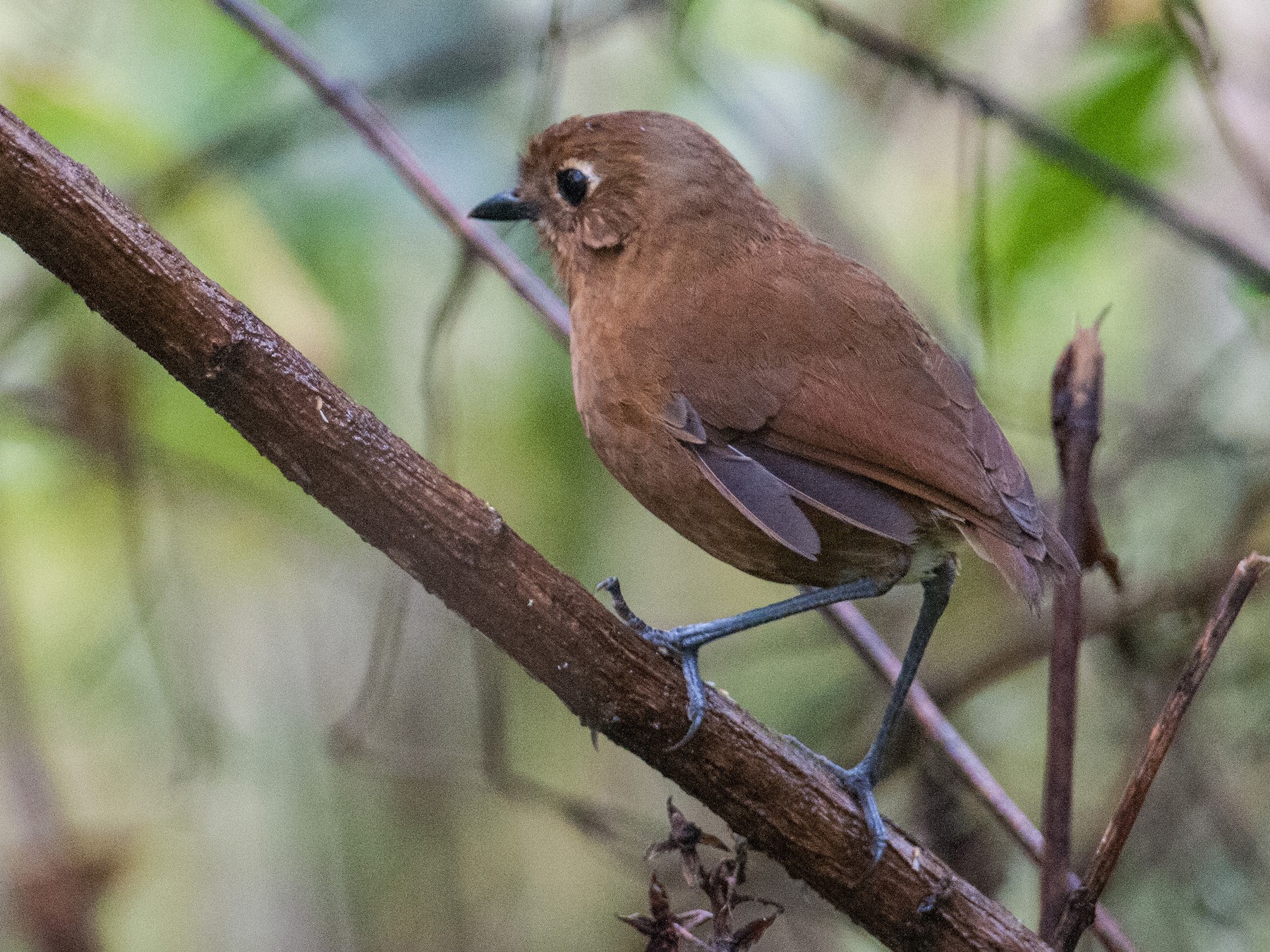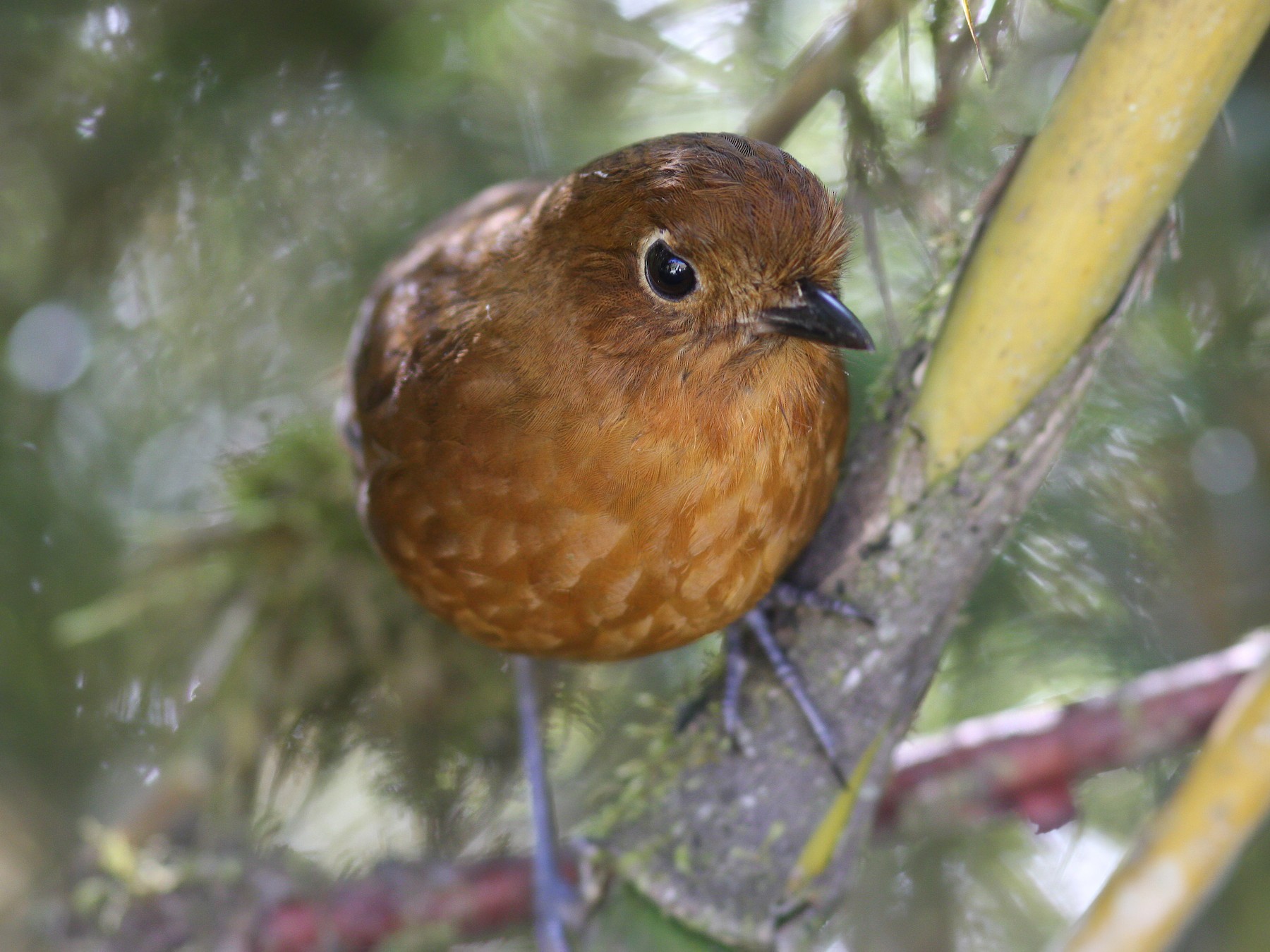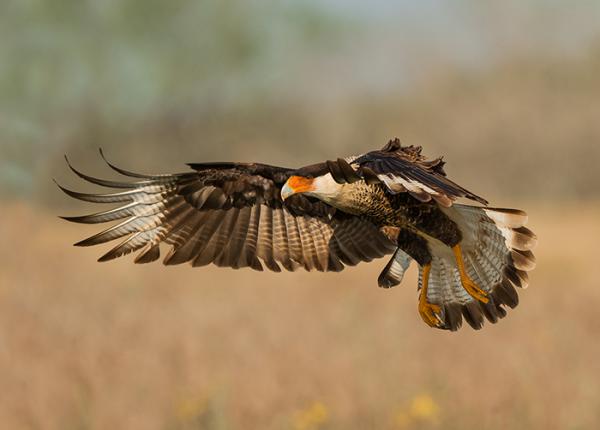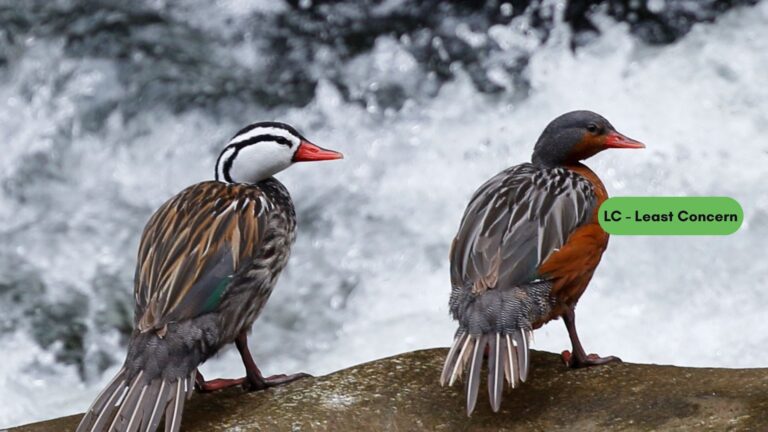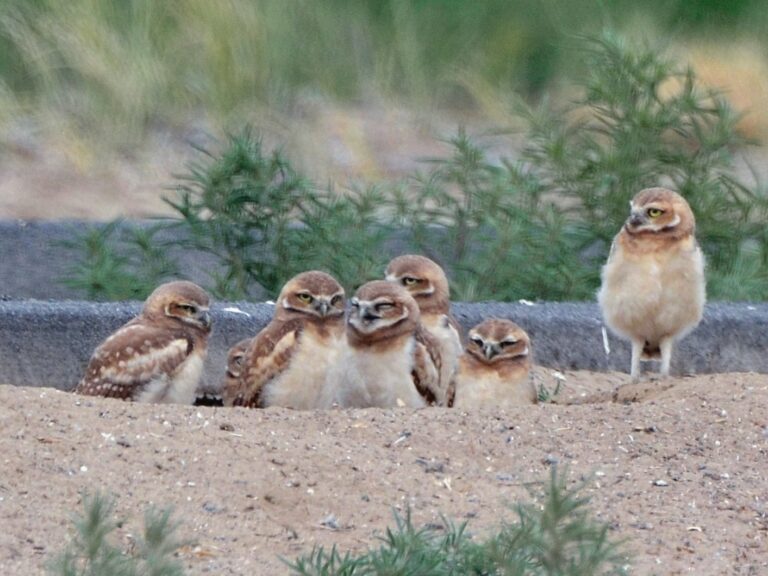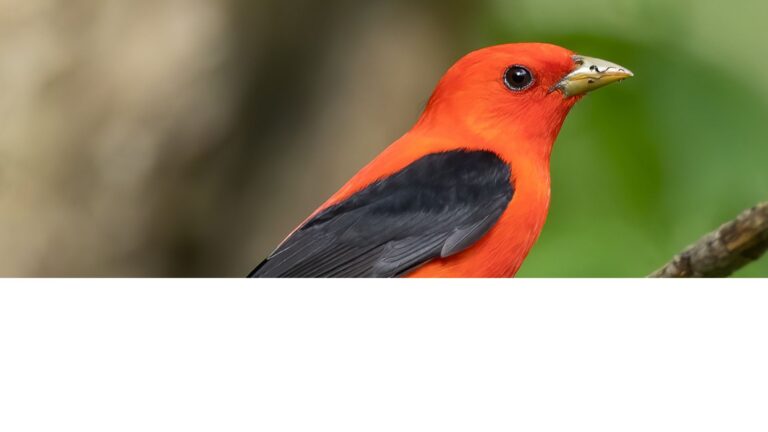Junin Antpitta: Discovering the Enigmatic Bird of the Peruvian Highlands
The Junin Antpitta pops up in the humid montane forests of Peru, and it’s hard to miss if you actually spot one. It’s got vibrant colors and a knack for hiding, which keeps birdwatchers and ornithologists on their toes.
Its world is small—just a patchwork of highland forests—so it really needs everything in its ecosystem to be just right. As a Grallariidae family member, it shows off some quirky behavior, all tied to its unusual home.
Because its range is so limited, people who care about birds need to pay close attention to what might threaten it. Deforestation and habitat loss hang over the Junin Antpitta like a dark cloud, making conservation a real priority.
Key Takeaways
- The Junin Antpitta stands out for its colorful looks and shy habits.
- It sticks to certain montane forests in Peru, so keeping those forests safe is a big deal.
- Habitat loss is a real threat, and ongoing conservation work matters.
Sign Up for Our Monthly Newsletter
Every month we send out our newsletter about interesting (and sometimes quirky) things happening in the world of birding. Give it a try!
Taxonomy and Classification
The Junin Antpitta fits into the Grallariidae family, which is a pretty diverse bunch. Scientists have spent years pinning down its scientific description, relatives, and what really makes it stand out.
Scientific Description
Its official name is Grallaria juninensis. People first recognized it for its weirdly specific calls and how picky it is about where it lives.
Its plumage looks mostly brown with faint streaks, which helps it disappear into the cloud forest shadows. Adults have a chunky build, with a short, hooked bill that’s perfect for snatching up insects. Usually, the males are a bit bigger than the females—nothing too dramatic, but noticeable if you’re looking for it.
Related Species in the Grallariidae Family
The Grallariidae family has a whole roster of antpittas, each with its own quirks. You might run into the Chestnut Antpitta (Grallaria blakei), the Oxapampa Antpitta (Grallaria centralis), or the Moustached Antpitta (Grallaria alleni).
Most of these birds stick to the Andes, and they all have their own vocal signatures. The Tawny Antpitta (Grallaria rufula) and Undulated Antpitta (Grallaria squamigera squamigera) show just how much variety you can get in this one family.
Phylogenetic Relationships
Genetic research tells us the Junin Antpitta sits close to other Grallaria species on the family tree. It shares roots with birds that have carved out similar niches up and down the Andes.
Birds like the Chachapoyas Antpitta (Grallaria gravesi) and the Cloud Forest Antpitta (Grallaria guatimalensis regulus) belong to the same lineage. They probably split off as the Andes’ climate and habitats shifted over time.
Distinctive Features
What sets the Junin Antpitta apart? For one, those bright yellow eyes—not something you see in every Grallaria. Its singing voice is another giveaway: a string of rich, almost musical calls, especially during breeding season.
This bird really loves the humid montane forests in the Junin region. Its diet sticks mostly to insects and tiny invertebrates, which makes sense given where it lives.
Habitat and Distribution
The Junin Antpitta doesn’t wander far. It calls certain spots in Peru home, and it’s picky about altitude and habitat.
Range Within Peru
It’s endemic to the central Andes. Most sightings come from around Lake Junin and the Andamarca Valley. People have also spotted it along Satipo Road, which cuts through a range of elevations. In Pasco, if you know where to look, you might get lucky.
Outside Peru? Not really. Some reports pop up from Colombia and Ecuador, but the core population sticks to the Peruvian mountains.
Natural Habitat Characteristics
This bird wants dense underbrush and plenty of cover. Humid montane forests and shrubby areas are its favorites. It hunts in places thick with Polylepis trees and other Andean plants. High humidity is a must—without it, the Junin Antpitta just doesn’t do well.
Altitude and Elevation Preferences
You won’t find this bird below 3,000 meters. It usually tops out around 4,000 meters. Cool temps and moisture suit it just fine. In places like Ecuador’s Cajas National Park, related species follow the same altitude rules. That elevation range lines up perfectly with its food sources and nesting needs.
Notable Localities and Reserves
Looking to spot one? Try the Rio Blanco Ecological Reserve. Conservationists there work hard to keep habitats intact. Andamarca Valley and the areas around Lake Junin are also good bets. These places don’t just shelter the antpitta—they attract birders and researchers from all over.
Behavior and Ecology
The Junin Antpitta has some fascinating habits. Its way of feeding, calling, and raising chicks all help it deal with the tough Andean environment.
Feeding Habits and Diet
This bird loves insects—that’s its main thing. It pokes around on the forest floor, using that sharp beak to dig through leaves and snag hidden prey.
Ants, beetles, caterpillars—you name it, if it’s small and crawling, it’s probably on the menu. Sometimes it’ll nibble on fruit or seeds, but insects are its bread and butter. That high-protein diet helps it keep up with life in the chilly Andes.
Vocalizations and Communication
Sound matters a lot to the Junin Antpitta. Males belt out their calls, especially when it’s time to breed. You might hear them any time of day. Those calls help them find mates and mark their territory.
Their vocal range is wild—whistles, clicks, you name it. Besides attracting partners, these sounds warn off predators and keep the antpitta alert to what’s going on nearby.
Breeding and Reproductive Behavior
The breeding season usually lines up with the wetter months, when food is everywhere. The female builds a nest on the ground, hiding it with leaves and twigs. She lays two eggs. Both parents often take turns keeping the eggs warm.
Once the chicks hatch, the parents feed them mostly insects. Early life is risky, so the adults stay close.
Conservation Status and Threats
The Junin Antpitta is listed as Endangered. Its numbers keep dropping, and the reasons are pretty clear if you look at what’s happening in its habitat.
Current Population Trends
Researchers have noticed the population shrinking, mostly because the bird is losing its home. Its range is tiny—mainly around Lake Junin in Peru.
It relies on humid grasslands and wetlands for breeding and feeding. Fewer sightings pop up every year, and now we’re probably down to just a few hundred left. If conservation doesn’t ramp up, it could slip into the critically endangered zone.
Major Threats and Challenges
Habitat destruction is the big villain here. Farmers clear land for crops and let livestock graze, which squeezes out the antpitta. Invasive species make things worse. Climate change looms in the background, messing with rainfall and food supplies.
Mining operations also chew up the landscape. Pollution from these sites can ruin the wetlands the bird depends on.
Conservation Initiatives
Local groups are fighting back with habitat restoration and by protecting key spots. Protected areas around Lake Junin now exist, aiming to help not just the antpitta but its whole ecosystem.
Education programs try to get communities on board, explaining why this bird matters. Conservationists also push for more sustainable farming to reduce the pressure on habitats.
Honestly, it’s an uphill battle, but these steps are critical for the antpitta’s future. You can find more details in conservation studies online if you’re curious.
Notable Species and Avian Community
The Central Andes are a birdwatcher’s dream—so many species, each one adding a thread to the tapestry. It’s not just about the Junin Antpitta; understanding how all these birds interact makes you appreciate the region’s wild diversity even more.
Sympatric Birds of the Central Andes
Birds in the Central Andes don’t just coexist—they create a lively, colorful scene worth seeing. The Yellow-scarfed Tanager stands out with its bold plumage.
You’ll usually spot the Junin Tapaculo darting through thick underbrush. Meanwhile, the Inca Flycatcher seems to prefer hanging out along edges and in open spots. The Peruvian Tyrannulet is a tiny flycatcher, busy snatching up insects among the foliage. Listeners love the White-eared Solitaire for its sweet, melodic calls.
The Black-spectacled Brushfinch sticks to shrubby patches. Up and down the mountains, the Rufous-breasted Chat-tyrant adapts to all sorts of elevations.
Endemic and Near-Endemic Species
The Central Andes really shine when it comes to birds found nowhere else. The Creamy-crested Spinetail is picky about where it lives, rarely straying outside its favorite haunts. Nighttime brings out Koepcke’s Screech-Owl, another local specialty. You won’t see it much during the day.
The Versicolored Barbet puts on a show with its bright feathers, often in trees loaded with fruit. Then there’s the Brown Tinamou and Azara’s Spinetail, both showing off the region’s knack for unique adaptations. The Mantaro Spinetail and Mantaro Wren also carve out their own spaces in this diverse landscape. Each bird seems to have its own little corner of the Andean world.
Birdwatching Hotspots
If you’re into birdwatching, the Central Andes is basically a playground. Birders flock to places where the Lyre-tailed Nightjar roosts, hoping for a glimpse. The Many-striped Canastero is a regular among the grasses, always on the move. It’s almost a challenge to keep up.
Look for the Shining Sunbeam—this hummingbird dazzles with its colors and draws crowds wherever it goes. The Golden-billed Saltator pops up in all sorts of habitats, and its bright bill makes it easy to spot if you’re patient. If you want to dig deeper, check out resources that focus on birdwatching in the Central Andes. There’s always more to discover.
Frequently Asked Questions
The Junin Antpitta is a bit of a mystery, with some quirky habits and a very specific home. People often ask about its looks, diet, behavior, and how it’s doing in the wild.
What habitat does the Junin Antpitta typically inhabit?
You’ll find the Junin Antpitta in humid, subtropical montane forests. It sticks mostly to the eastern slopes of the Andes in southern Peru, especially around Junín and Cuzco. The bird prefers elevations between 2,100 and 3,000 meters. It’s not easy to spot unless you know where to look.
Is the Junin Antpitta considered an endangered species?
Unfortunately, yes. The Junin Antpitta faces real threats from habitat loss and deforestation. Farming and clearing land for agriculture have chipped away at its home, putting the species at risk.
What are the distinguishing characteristics of the Junin Antpitta?
This bird sports brown and rufous feathers, blending right in with the forest floor. It has a round, sturdy body and a short tail—kind of a compact little package.
What are the diet and feeding habits of the Junin Antpitta?
Mostly, the Junin Antpitta eats insects, worms, and other small critters. It spends a lot of time kicking through leaf litter, using its strong legs to dig up snacks.
How does the Junin Antpitta behave during its breeding season?
Breeding season brings out the bird’s vocal side. It calls and displays to mark its territory. When it’s time to nest, the Junin Antpitta chooses dense vegetation to hide and protect its eggs and chicks. It’s a smart move, considering all the dangers out there.
What conservation efforts are in place for the Junin Antpitta?
People are working hard to preserve and restore the Junin Antpitta’s habitat. They’ve set up protected areas to shield these birds from even more habitat loss.
There are also awareness campaigns out there, trying to help folks understand why this species matters. It’s not always easy to get the word out, but every bit counts.

